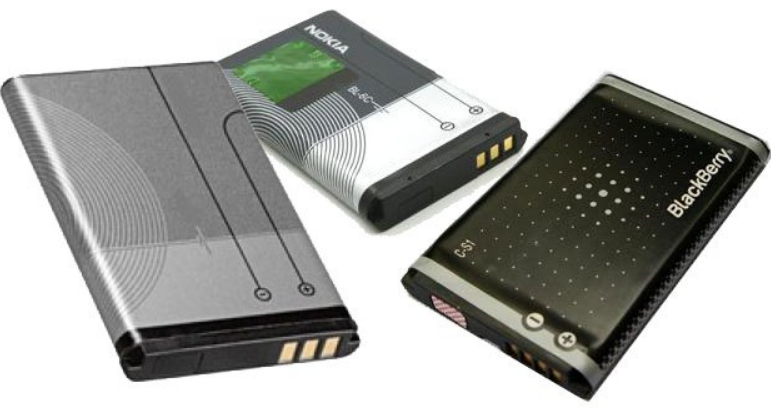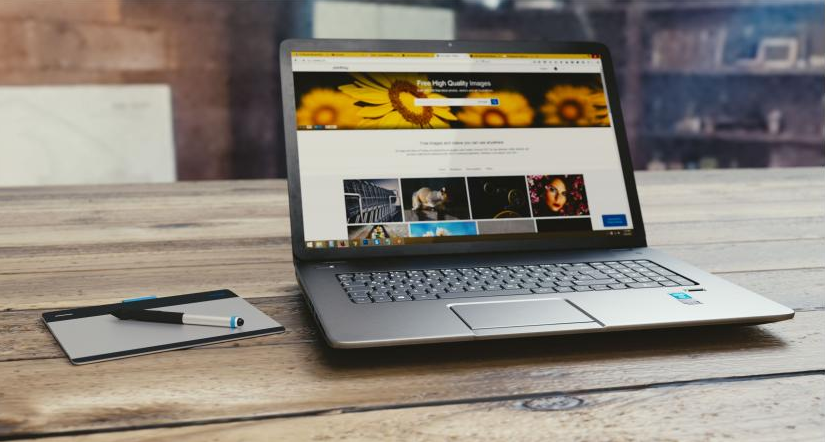
Batteries are a type of power source that converts chemical energy into electrical energy through electrochemical reactions. Negative and positive electrodes, as well as separators and electrodes, are each the four main components of an electrochemical battery type. The power source is created by the movement of ions from one electrode to another. Batteries are available in a variety of configurations. Devices that use batteries include flashlights, mobile phones, laptop computers, and electric vehicles.
Table of Contents
Type of Cell Phone Battery That Are Widely Used
Types of Lithium-ion Batteries
Lithium-ion batteries, commonly known as Li-ion batteries, are a type of rechargeable lithium-ion battery. After years of research by John Goodenough and Stanley Whittingham, Akira Yoshina created the Li-ion battery in 1985, which was based on previous research by John Goodenough and Stanley Whittingham. As a pioneering technology, this battery has been widely accepted as a power source for various electronic devices, as well as in electric cars. A lithium-ion rechargeable battery is a form of rechargeable battery in which lithium ions move from a positive electrode to a negative electrode through an electrolyte during charging, and then migrate from a negative electrode to a positive electrode during use. The most common electrolyte is lithium hexafluorophosphate. As a negative electrode on this type of battery is used graphite, while lithium compounds serve as positive electrodes, and polyethylene or polypropylene as a separator material.
High electrochemical potential
Lithium-ion batteries have high electrochemical potential, maximum energy density, low self-discharge rates, and no memory effects, making them ideal for portable electronics. These batteries can be designed to prioritize energy or power density, depending on the application. In terms of chemistry, performance, cost, and safety, there are many types of Lithium-ion batteries available, each with its own features. This kind of lithium-ion battery requires little maintenance and can operate at a lower capacity for a long time. The fact that these batteries, unlike nickel-cadmium (Ni-Cd) batteries, do not contain harmful cadmium ensures that they can be disposed of more easily compared to Ni-Cd batteries.
As a result of the presence of flammable electrolytes in Li-ion batteries, if damaged or not properly charged, they can cause explosions and flames. Transportation is a significant problem. Many airlines have limited the number of lithium-ion batteries they can carry. It is recommended that lithium-ion batteries be protected from short circuiting by using a protective cover and transported separately. When compared to nickel-cadmium cells, the cost of making lithium-ion batteries is significantly higher, which is a significant drawback. According to some estimates, it costs 40 percent more than a conventional Ni-Cd battery . Despite the fact that lithium-ion batteries have been available for years, they are still in the development stage. Lithium-ion batteries can last up to 1200 charging-emptying cycles before they need to be replaced. When the non-removable battery capacity in the phone has been reached, it can be quite a significant problem.
Lithium polymer is a type of polymer battery made of lithium.
Lithium polymer (Li-Po) batteries are also referred to as Lithium-ion polymer batteries or Lithium-ion polymer batteries. This battery is a derivative of lithium-ion and lithium-metal batteries, which were previously used.
Since the 1980s, lithium polymer Battery type have followed in the footsteps of lithium-ion batteries, which were the subject of intensive study during that time period. Lithium polymer batteries operate in a very similar way to lithium-ion batteries. In a typical cell, there are four main components: negative electrodes, positive electrodes, separators, and electrolytes. Lithium ions flow from the negative electrode to the positive electrode through the electrolyte while the battery is being emptied and vice versa when the battery is being recharged in this type of battery.
The electrodes are identical to those found in lithium-ion batteries. It is important to note that the electrolytes used in these batteries are solid polymers such as poly(acrylonitrile) or poly(methyl methacrylate) rather than the liquid electrolytes used in lithium-ion Battery and that the separators used in these batteries can also be polymers, which is the main difference between the two. Micropore separators are used between electrodes to prevent electrodes from coming into contact with each other by allowing only ions to pass from one side to the other instead of electrode particles.
Lithium polymer batteries are often more expensive than lithium-ion batteries, but this is not always the case. These batteries are found in a variety of electronic devices, including mobile phones, radio-controlled aircraft, and electric vehicles. Although Li-Po batteries charge faster than lithium-ion batteries, they have a shorter lifespan of 500 charging cycles, which is less than lithium-ion batteries. Li-Po batteries are capable of withstanding a variety of temperatures. When compared to Li-ion batteries, these batteries are not very dangerous and weigh lighter.
Types of Laptop Battery

Nickel-Cadmium (Ni-Cd)
A Swedish inventor, Waldemar Jungner, invented the nickel-cadmium battery in 1899, making it one of the oldest batteries in the world still in use today. The capacity and size of the battery for Ni-Cd batteries is usually available in a variety of options. The electrodes in this battery consist of nickel oxide hydroxide and metal cadmium. Since these batteries are made in different ways, they can be charged in different ways as well. The charging rate is determined by the percentage of amp-hours capacity that has been filled. Regardless of how fast the battery is charged, it must be supplied with more energy than the actual storage capacity. This battery has a maximum electric motion force of 1.3 V, which is the highest available. NI-CD batteries are used in a variety of portable electronic devices, including power tools, photographic equipment, flashlights, and other similar items.
Batteries made of nickel-cadmium are very dangerous to the human body. These cells have even been shown to have physiological effects on the body's systems. In some European countries, nickel-cadmium batteries are no longer available for purchase. It has a high discharge rate, which is not considered beneficial in terms of productivity, according to the manufacturer.
Nickel Metal Hydride Battery is a chemical battery type that contains nickel (Ni-MH)
Nickel meta-hydride batteries are a replacement for nickel-cadmium batteries, which are also known as Ni-Cd batteries. The research center in Geneva is the starting point for the development of the Ni-Mh battery. Because nickel-cadmium and nickel meta-hydride batteries use nickel hydroxide oxide as positive electrodes, the reactions on positive electrodes are identical in both types of batteries. In Ni-Mh, on the other hand, electrodes are made of hydrogen-absorbing alloys rather than cadmium. Memory effects have a smaller impact on Ni-Mh batteries than on Ni-Cd batteries, meaning that they require less maintenance and conditioning.
Ni-Mh has a capacity 35% larger than a regular Ni-Cd battery. These batteries also have a higher density, which means they can be recharged more frequently and require fewer periodic exercise cycles. Ni-Mh batteries are also more environmentally friendly than other types of batteries because they contain fewer harmful elements. Very high or very low temperatures can cause difficulties for these batteries.
NiCd Battery type have lower self-discharge rates than alkaline batteries. In addition, there are nickel-metal hydride batteries with low self-emptying rates (LSD NiMH) that have a much lower self-emptying rate. Sanyo, Eneloop was the first company to introduce the technology in 2005. They used enhanced electrode separators and positive electrodes, which allowed the cell to maintain 75 to 85 percent of its capacity after it was removed.
Lithium-ion (Li-ion)
Lithium-ion batteries are also used in mobile phones and laptop computers. These batteries are small and lightweight, and they outperform other types of laptop batteries in terms of performance. The memory effect is not present in Li-ion batteries. If they are depleted repeatedly, this effect causes them to lose the ability to hold a full charge after each recharging. The main advantage of lithium-ion batteries is their ability to charge quickly. Laptop lithium-ion batteries have a low self-discharge rate of less than 2% per month, making them ideal for mobile devices. Due to the chemical properties of these batteries, they must be handled with caution as they have the potential to explode.